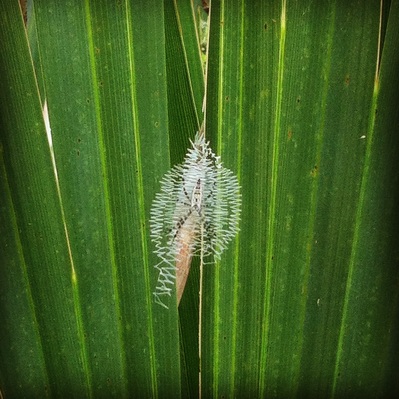Many of us in the creative fields are quite good at associative or divergent thinking. We’ve come to trust our ability to weave together ideas or patterns that might seem, at first glance, unrelated. Some might say that this is the essence of creativity. If we examine deeply creative people such as Leonardo Da Vinci, we see much of his genius lay not just in his technique but also in his interest in a wide swath of subjects. To diverge, to explore many possible solutions or connections, is to approach the world through an expansive, curious lens.
Linear thinking, on the other hand, applies a structure or set of goals to a given project, suggesting a pathway for completion. Learning to move between these two kinds of thinking with discernment and agility is key for anyone on a deadline or who wants to enjoy both process and product. It’s fun and meaningful to brainstorm and consider possible associations and connective threads between disparate elements, but at some point, most of us feel the urge to move into forming a concrete plan for delivering on our ideas.
For example, a songwriter may begin with a simple phrase or musical refrain based on an emotional experience, a dream, or an image. From this basic poetic or musical element, she may then write out a set of lyrics based on associations with that primary image or element in order to tell a story or create a musical tapestry out of it. This is the associative phase of the creative process. But then she must edit and hone the lyrics so that they flow and rhyme and fit together with a specific melody, and then practice the song over and over, solidifying the arrangement, and rehearsing it until it is ready to be performed. This is the more linear phase of the process.
Once we start to apply linear thinking to a project, we’ve entered a new phase of creativity, and this phase is one we’d like to celebrate a little more. It’s not just that we get things done, but that new associations can arise as a result of integrating these two types of thinking. In other words, we need both types of thinking and once we learn to use them with more agility and discernment, we can become open to the lovely synergies that can occur. It's not just about one mode or another, but how we bring all of them together.
At Syncreate, we’re excited about the ways these two types of thinking can enliven the creative process, build community, and help a greater number of people know the joy of both process and product. We’re working on a set of tools that will foster all of this, and we invite you to check out Syncreator, your digital creativity coach.


 RSS Feed
RSS Feed
